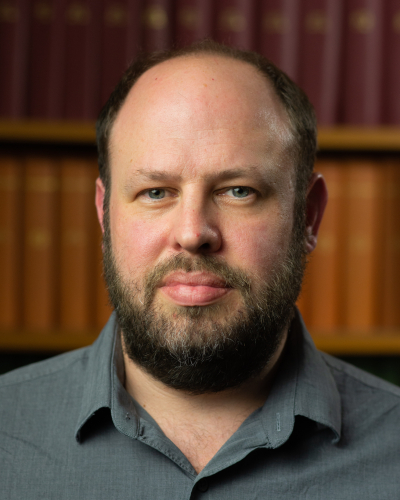
Andrew Sharott
Career Path
Associate Director, MRC CoRE in Restorative Neural Dynamics
Programme Leader, MRC Brain Network Dynamics Unit
Investigator Scientist, MRC Anatomical Neuropharmacology Unit
Marie Curie Experienced Researcher, University Medical Centre, Hamburg-Eppendorf, Hamburg
PhD in Neurological Studies. Institute of Neurology, University College London. UK
Research Themes
Targeting motor learning & execution
We use high-density electrophysiological recordings across forebrain circuits to define neural substrates of goal-directed movements. We develop closed-loop stimulation approaches to provide novel treatments for Parkinson’s disease and essential tremor.
Understanding & Engineering sleeping brain
With the aim of improving sleep across brain disorders, we will use the closed-loop auditory and electrical stimulation to reinforce oscillatory activities that control forebrain activity during sleep. In addition, we will develop methods of delivering these interventions in specific sleep stages and points in the diurnal cycle.
Tools (devices, software, algorithms)
We develop software and hardware to deliver closed loop auditory, electrical and optogenetic stimulation across a range of applications in experimental animals and humans.
Approaches
Empirical Neuroscience
We make high-density electrophysiological recordings from behaving rodents. We use these recordings to define circuit-wide responses to novel-closed-loop stimulation, to define neural signatures of specific disease processes and to elucidate the neural substrates of underpinning motor control and cognition.
Experimental Medicine
We collaborate with several clinical teams in order to provide proof-of-principle evidence that closed-loop stimulation approaches, often developed in preclincal settings, can alter neuronal activity and/or behavior in humans.
Biomedical Engineering
We develop novel devices to deliver closed-loop stimulation approaches in preclincal and clinical settings.
